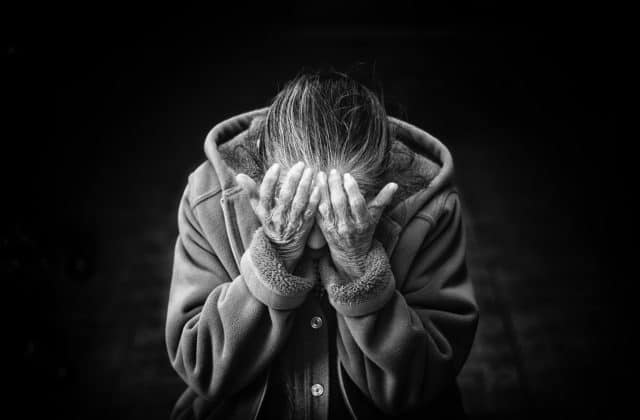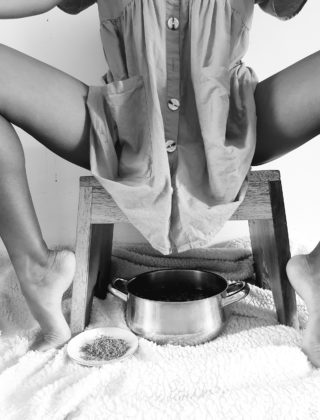The World Health Organization (WHO) estimates that the total number of people with depression is over 300 million worldwide and there is also a large number of them who suffer from some type of anxiety disorder. In some cases, both conditions coexist (comorbidity).
The WHO ranks depression as the largest contributor to the inability of doing productive activity and the issue that contributes the most to suicide deaths, which amount to almost 800,000 per year.
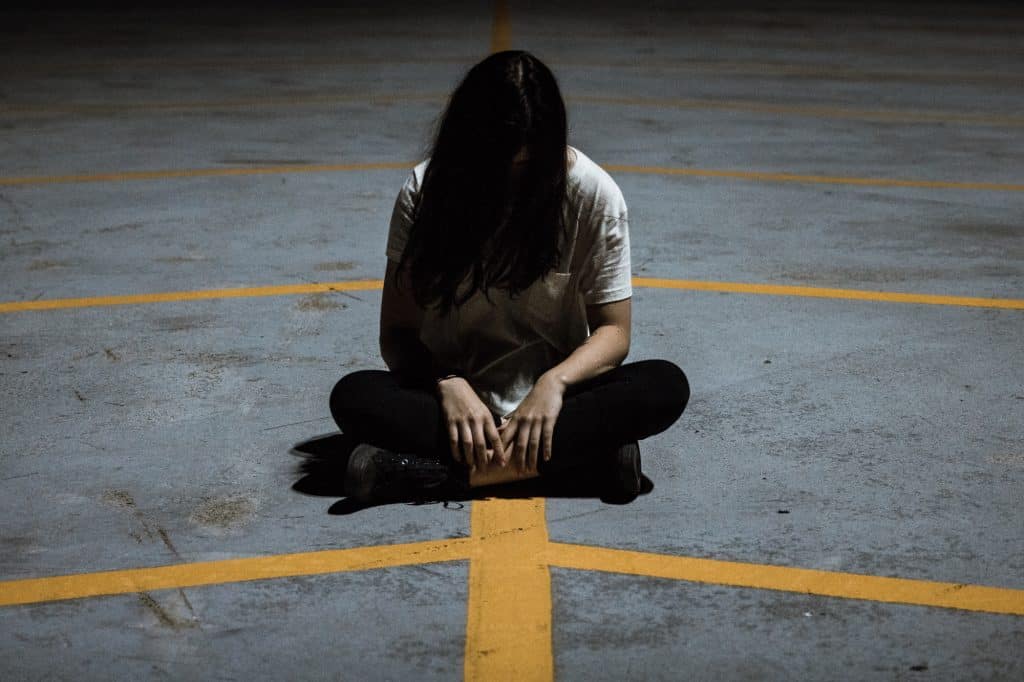
It is estimated that by 2020 depression will rank second among the causes of illness and disability, second only to cardiovascular disease.
Depression is a disease that affects about 10-25% of women throughout their lives and approximately half that figure for men.
It can be defined as a range of signs and symptoms that affects several areas: affections; thought; cognition; behavior and the organism, causing biological changes.
Depression interferes with how we think, feel, act and relate to others, having individual (physical and psychic), family, social, and economic consequences.
Its etiology is multifactorial, with genetic, biological or psychosocial factors involved.
The depressive episode may occur in other psychiatric illnesses and there are several types of depression, such as the major depressive episode, dysthymia, bipolar disorder, seasonal affective disorder and cyclothymia.
Who is affected by depression?
– Depression affects practically all ages: children, adolescents, adults (men and women) and the elderly.
– Children depend on perceived signs of depression by their caregivers and / or teachers.
– Elder people sometimes need family support in the search for a psychiatrist and a psychologist, and they more quickly become isolated and physically ill.
– Women are more susceptible to the disease, but men have greater difficulty in accepting it and seeking support. They take longer to ask for specialized help, leading to worsening symptoms and making the risk of suicide higher.
There is an object that generates sadness and comes from an objective reason, like the loss of someone, a disappointment, the end of a project, a defeat, etc.
The most serious depressions are related to an absence of desire, will, future projects and sense of life.
Nowadays, depression seems to be an expression of resistance to a consumer society, focused on performance and image, in which it seems increasingly difficult to embrace a life project based on principles and values that are stable references. Moral, family related, career related, social, and even identity references are seen as unstable, indefinite, or even incoherent as if they had become subjective and temporal.
Consumerism instilled the idea that our identity depends on what we have: if we do not have material goods and an image of success we have no value, we are nothing.
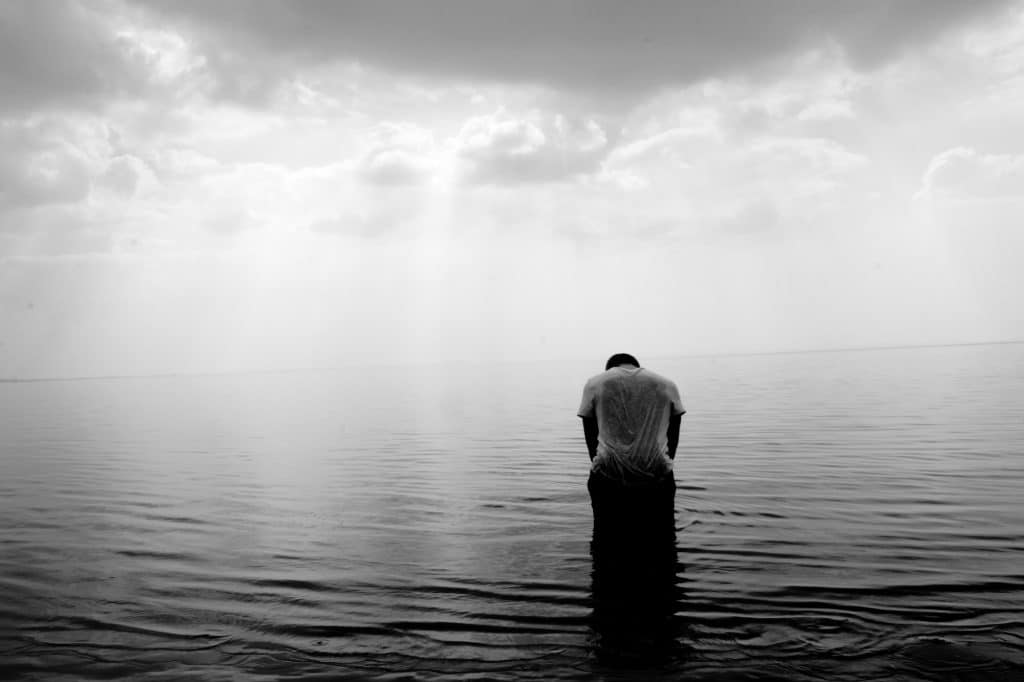
Focusing on the image of success and its dissemination in social networks conveys the sense that one can cross borders, be valued and be “accompanied” at any time and place, but this coexists with a decrease in the real social interactions in which loneliness seems increasingly installed.
We often see social networks being used in a compulsive way as a form of alienation and avoidance of reality and real social interactions or as escape from a depressive and/or anxious state.
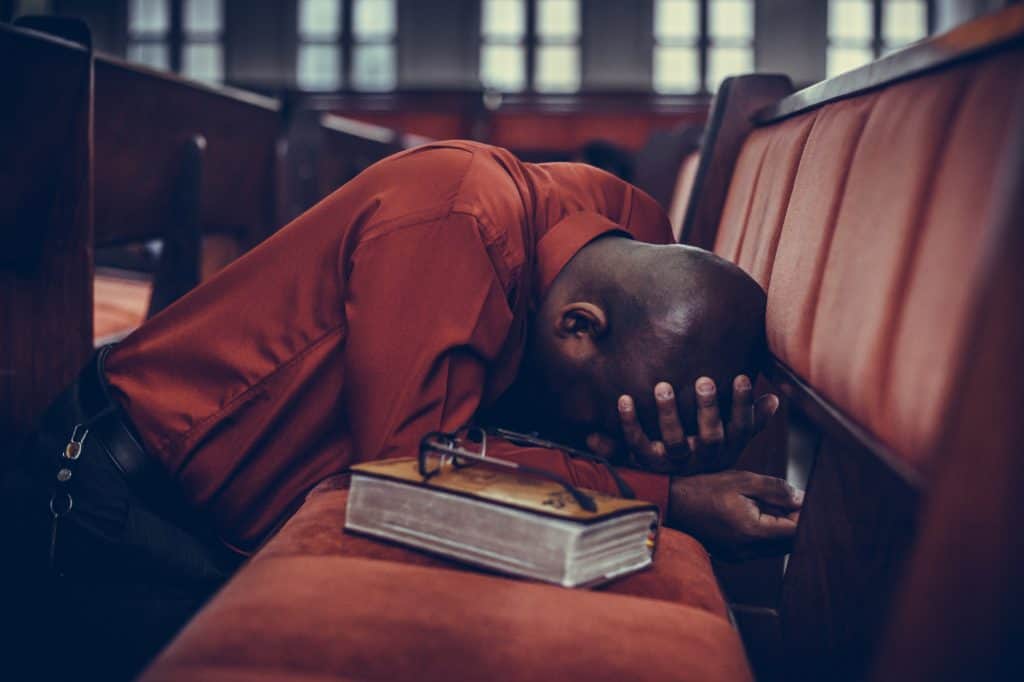
Selfies or socially valued situations are carefully selected versions of the individual and the world which can lead to a distorted perspective of reality and generate feelings of inadequacy and anxiety. In the case of depression, we can see the consequences of the disease being reinforced by social networks, whose established unrealistic expectations increase feelings of worthlessness, incapacity, lack of confidence and self-esteem.
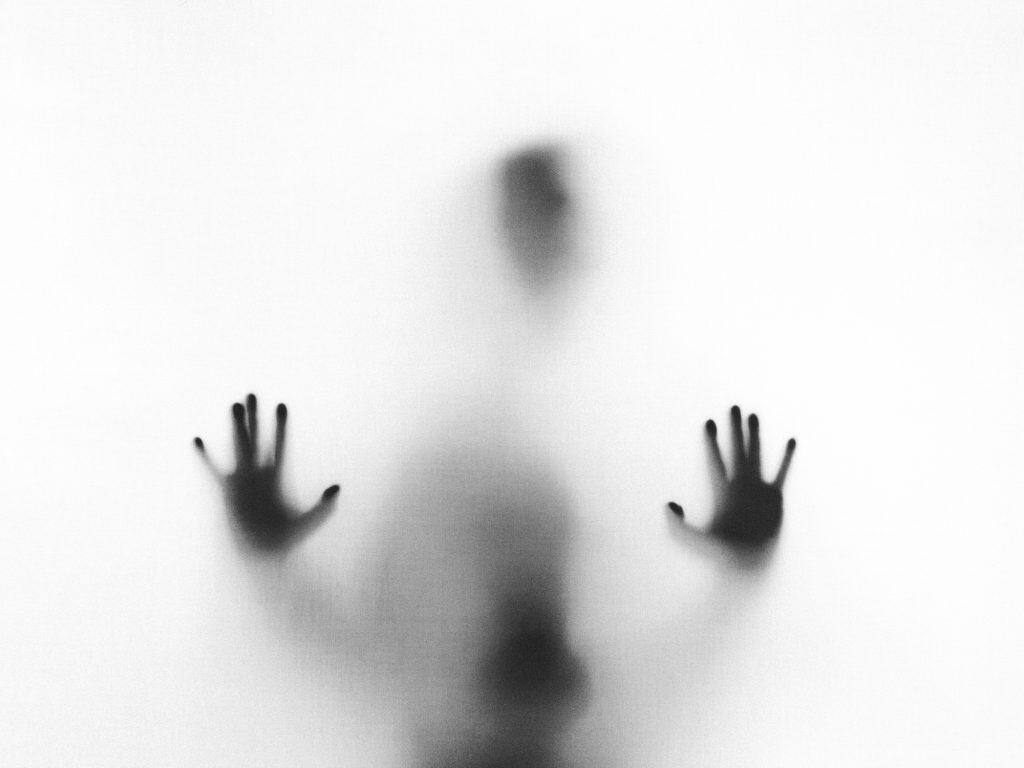
Along with a perspective and unrealistic expectations, there is a low tolerance to sadness and suffering as if it was not allowed to feel them and as if these feelings did not have a restorative function and an ability to promote change. It starts with the parents’ fear that their children may suffer, which conveys to the child or adolescent that he or she does not have the capacity to tolerate and overcome suffering.
It is fundamental to accept pain as an integral part of life and to believe that we are capable of feeling, surmounting and learning and that it does not make us less, but more.
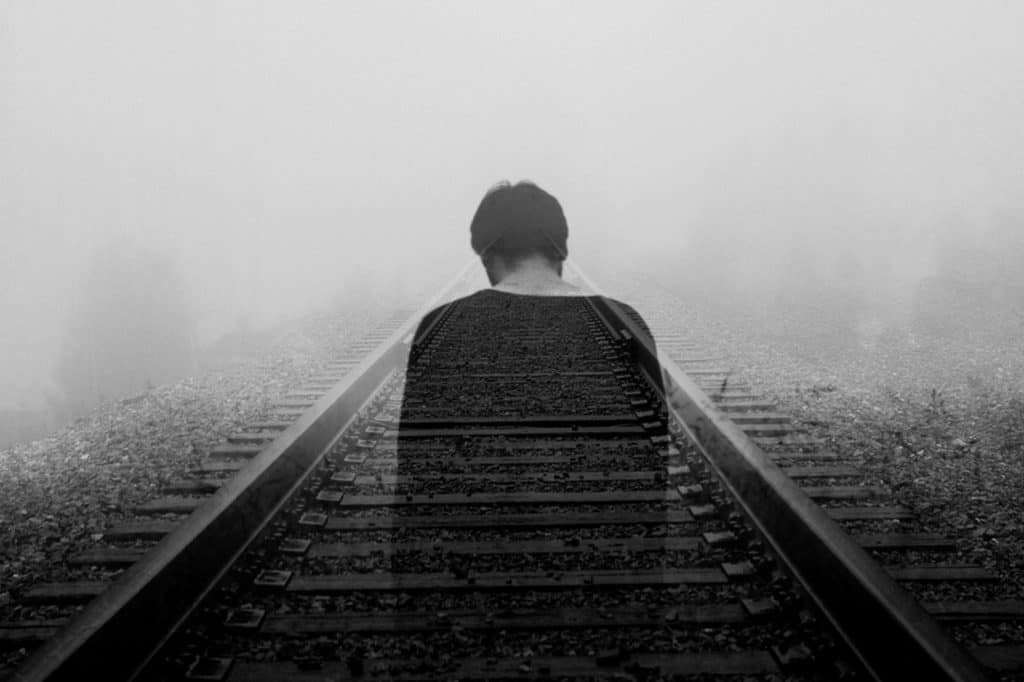
What are the symptoms of depression?
The symptoms of depression can be physical, emotional, cognitive and behavioral.
– Depressive mood during most of the day;
– Decreased interest and pleasure in all or most activities;
– Decreased or increased appetite;
– Weight loss or gain;
– Insomnia or hypersomnia;
– Psychomotor agitation or sluggishness;
– Fatigue and loss of energy;
– Somatic complaints with no apparent cause;
– Feelings of devaluation/low self-esteem;
– Excessive, inappropriate or delusional guilt;
– Constant irritation and mood instability, and there may be explosive and or rage crises;
– Decreased sexual interest;
– Changes in thoughts (fatalism, catastrophization, dichotomy …);
– Decreased attention, concentration and memory;
– Difficulty in decision making and execution;
– Thoughts about death;
– Ideas of self-aggression;
– Unexplained physical symptoms: pain symptoms; gastrointestinal symptoms; etc.;
– Moments of deep sadness and despair that may increase the risk of suicide;
– In most serious depressions, suicide attempt.
The treatment should be both biological and psychological. In depressions considered moderate or severe, the combination between psychotherapy and antidepressants has been shown to be quite effective. However, it is difficult to predict how the disease will evolve, whether it will be completely overcome without reoccurrence, or whether new episodes will occur over time.
Suggestions:
As in any other clinical pathology, one should first resort to Primary Health Care, in particular to the family physician who, if they consider it necessary, will refer to the psychiatry and/or psychology service.
There are also support entities, of which I’ll mention some in Portugal:
213 544 545 / 912 802 669 / 963 524 660 or
SOS Voz Amiga Facebook page
808 237 327 or 210 027 159
239 484 020
In a more clinical or psychosocial rehabilitation register:
In the case of an acute emotional crisis, it is advisable to a hospital emergency services with psychiatry services.
[widgets_on_pages id=”post footer”]© TEDx
